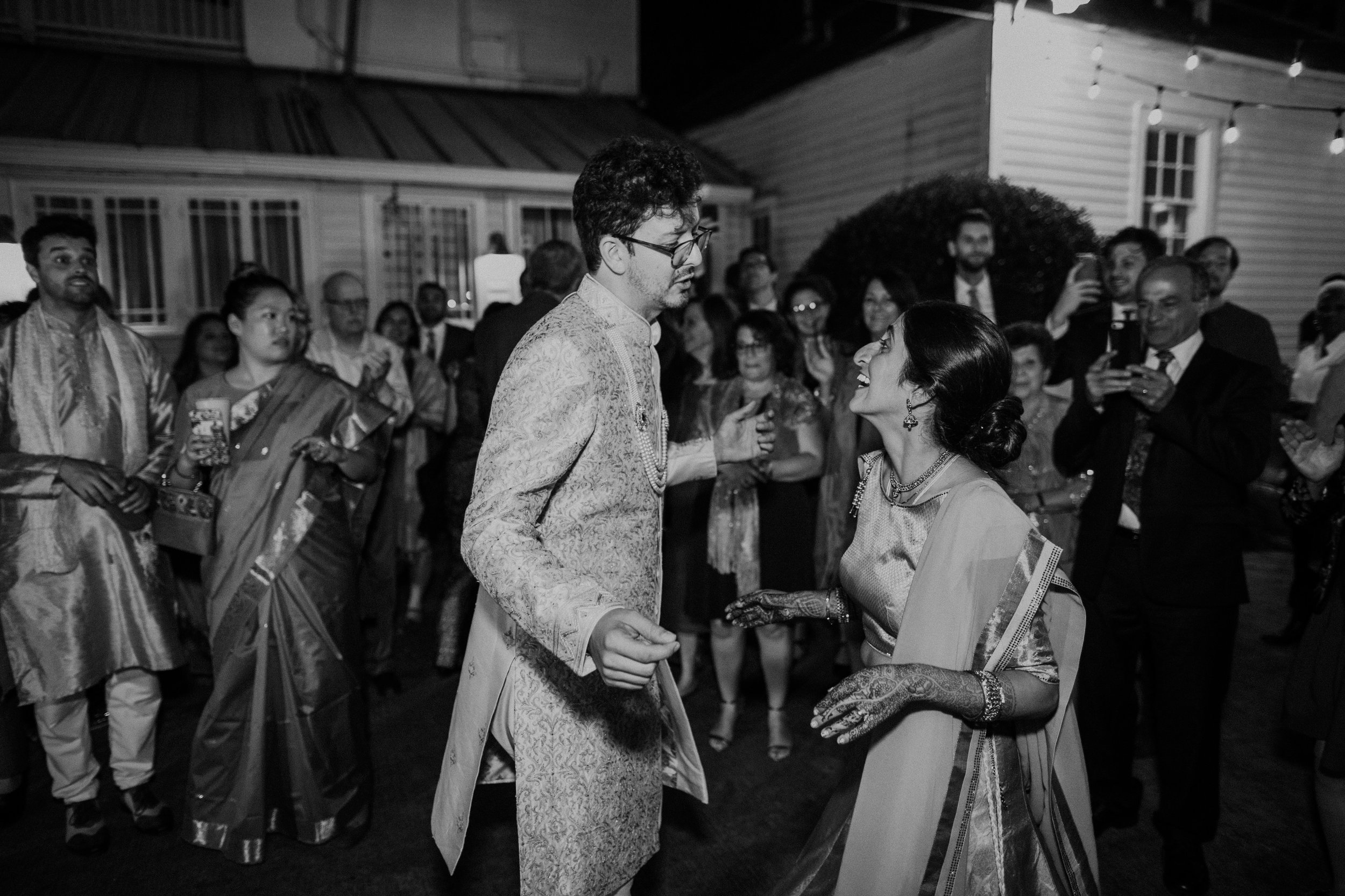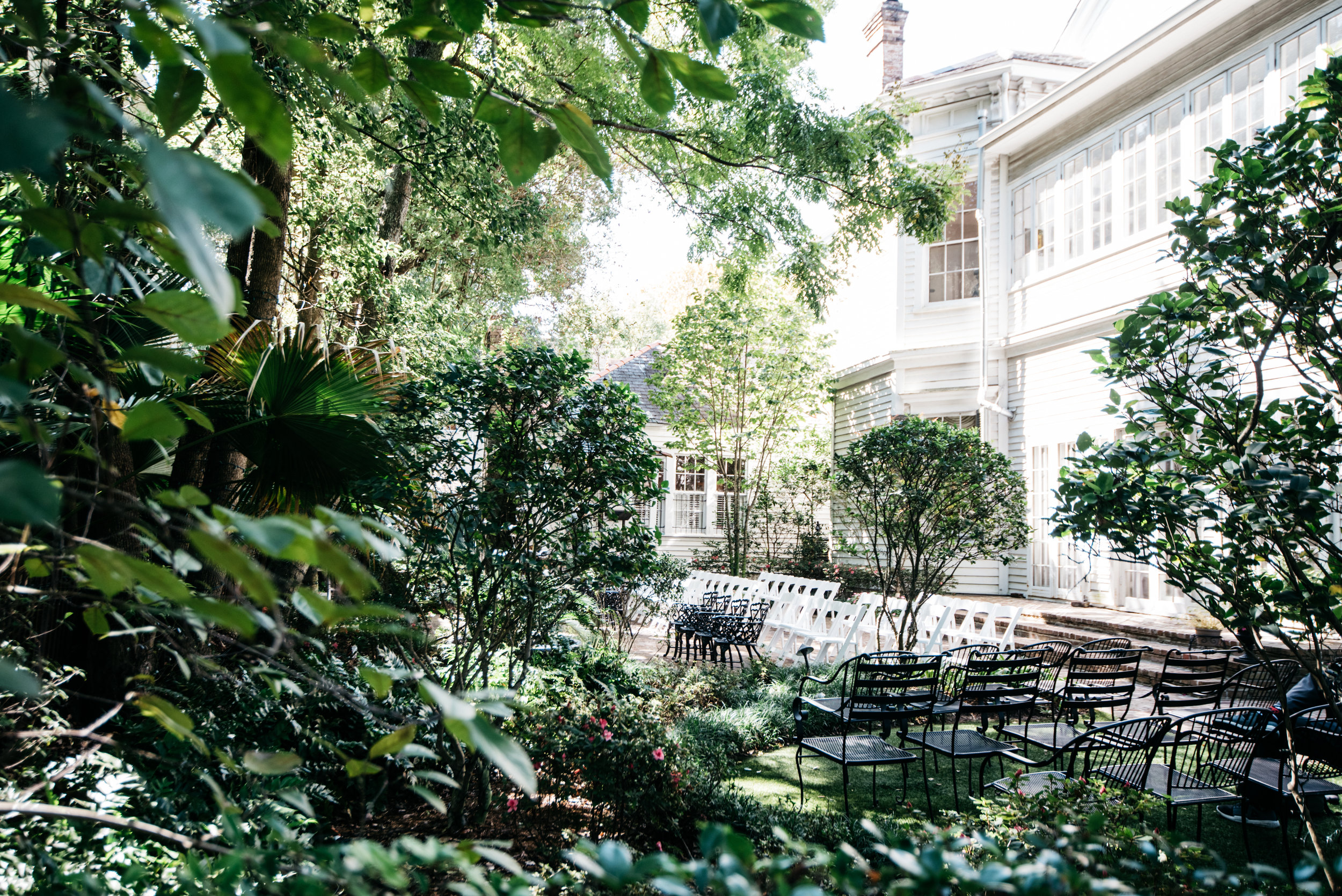KEEP IN MIND, It Could Have Been Zombies
/Jack jordan- doctor’s visit
According to a study done by the University of Louisiana at Lafayette, published on Monday, March 23, Louisiana has the highest growth rate of confirmed coronavirus cases anywhere else in the world. The study linked here. [a1] In Louisiana, Orleans Parish is ground zero. We’re reporting the highest number of positive cases and deaths from complications of coronavirus. We’re facing a new reality. Our healthcare facilities aren’t properly equipped, medical staff is overwhelmed, and our government is playing politics (go figure) while people are dying. Our country is on the verge of an economic collapse.
The COVID-19 pandemic is a major historical event. It’s like living in an apocalypse. Except, I never thought the end of the world would include distance learning while working from home, struggling with the depression associated with social distancing and guilt over lack of productivity.
I thought it would be zombies.
Instead, we’re dealing with people hoarding hand sanitizer, hustling toilet paper and paper towels outside of grocery stores.
This entire situation is surreal. It’s making me feel slightly off-balance. My days are filled with researching information to provide online education materials for the McKenna museums, reading African science-fiction novels on my Kindle in between conference calls, and helping my Godson with schoolwork. None of which are happening on any type of schedule. Even in this, I’ve been lucky. I’m still able to work without much difficulty, I still have a place to live and everyone in my house is healthy, unlike thousands of others. This pandemic has made us vulnerable. It has exposed the underlying problems and disparities in our healthcare (lack of medical supplies, personnel, virus exposure, cost of testing and treatment), educational system (lack of technology, internet access, social services), and economic systems (stock market collapse). Most of these problems are linked to money.
Regardless, amid this, I encourage all of us to stay positive. We've survived epidemics before; we'll survive again. Continue to practice social distancing and exercise caution. We need to flatten the curve. Use the resources available to you to stay abreast of the most up-to-date information. Watch the press conferences held by your state and local officials. Keep In Mind, this may be the only time the government is advising us to stay home and watch television. This situation could be worse. It could be Zombies.
















